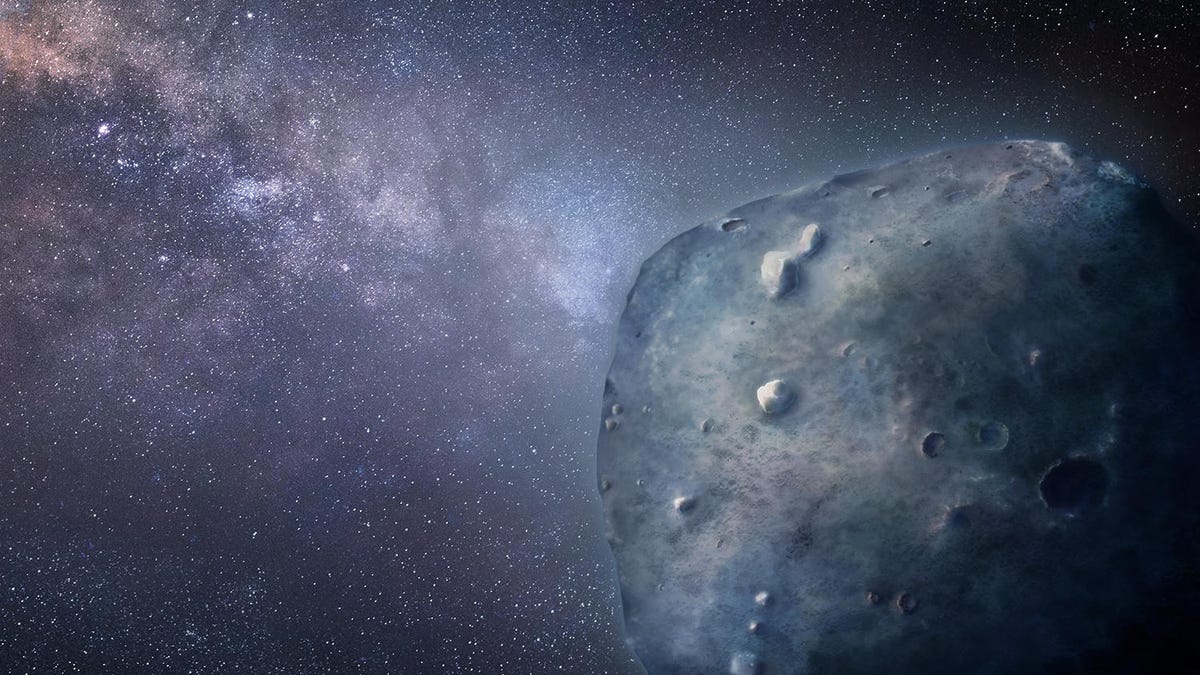An asteroid the size of a big rig snuck up on us, passing closer than many satellites
The dive-bombing bit of cosmic debris passed by safely, but came from nowhere with blazing speed.

An artistic impression of a near-Earth asteroid
A space rock the size of a big semi-trailer trucked past our planet last week, going undetected as it approached and ultimately passed closer than many communications satellites in orbit.
Asteroid 2019 RP1 on Thursday made the third-closest approach of 2019 so far, coming within 37,399 kilometers (23,238 miles) of Earth's surface. It was also the second fastest near-Earth object to fly within one lunar distance of our planet this year, clocking in at a smokin' 25.9 km/s (57,937 mph), according to NASA data.
Amateur astronomer Tony Dunn reported on Twitter that 2019 RP1 "was undiscoverable prior to closest approach because it came from our daytime side, but it was picked up quickly when it entered our night sky."
Newly-discovered #asteroid 2019 RP1 passed inside our ring of geostationary satellites on Thursday. It was undiscoverable prior to closest approach because it came from our daytime side, but it was picked up quickly when it entered our night sky.https://t.co/0zZp500odV pic.twitter.com/MoekvE3rEK
— Tony Dunn (@tony873004) September 7, 2019
NASA estimates the asteroid was between 7 and 17 meters (23 to 56 feet). For comparison, the bolide that entered the atmosphere and exploded above Russia in 2013, blowing out thousands of windows in the process, was probably about 17 meters across.
This time 2019 RP1 passed by safely without incident, as a number of small asteroids do at a similar distance every year.
So breathe easy for now, but keep in mind that we can always use more robotic eyes on the sky to watch for speedy space rocks like this one.

